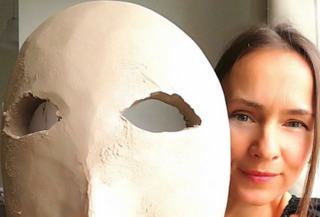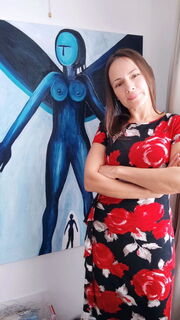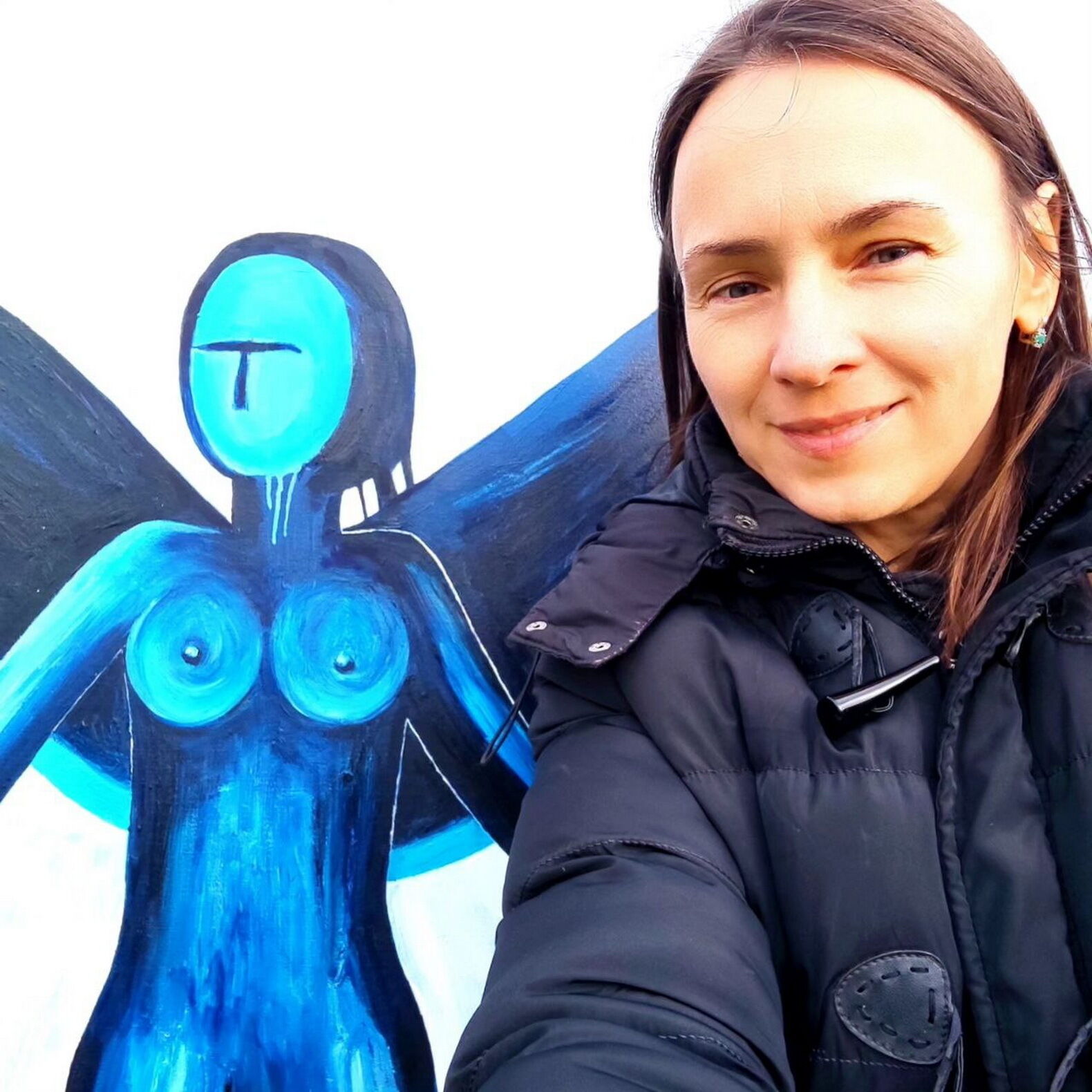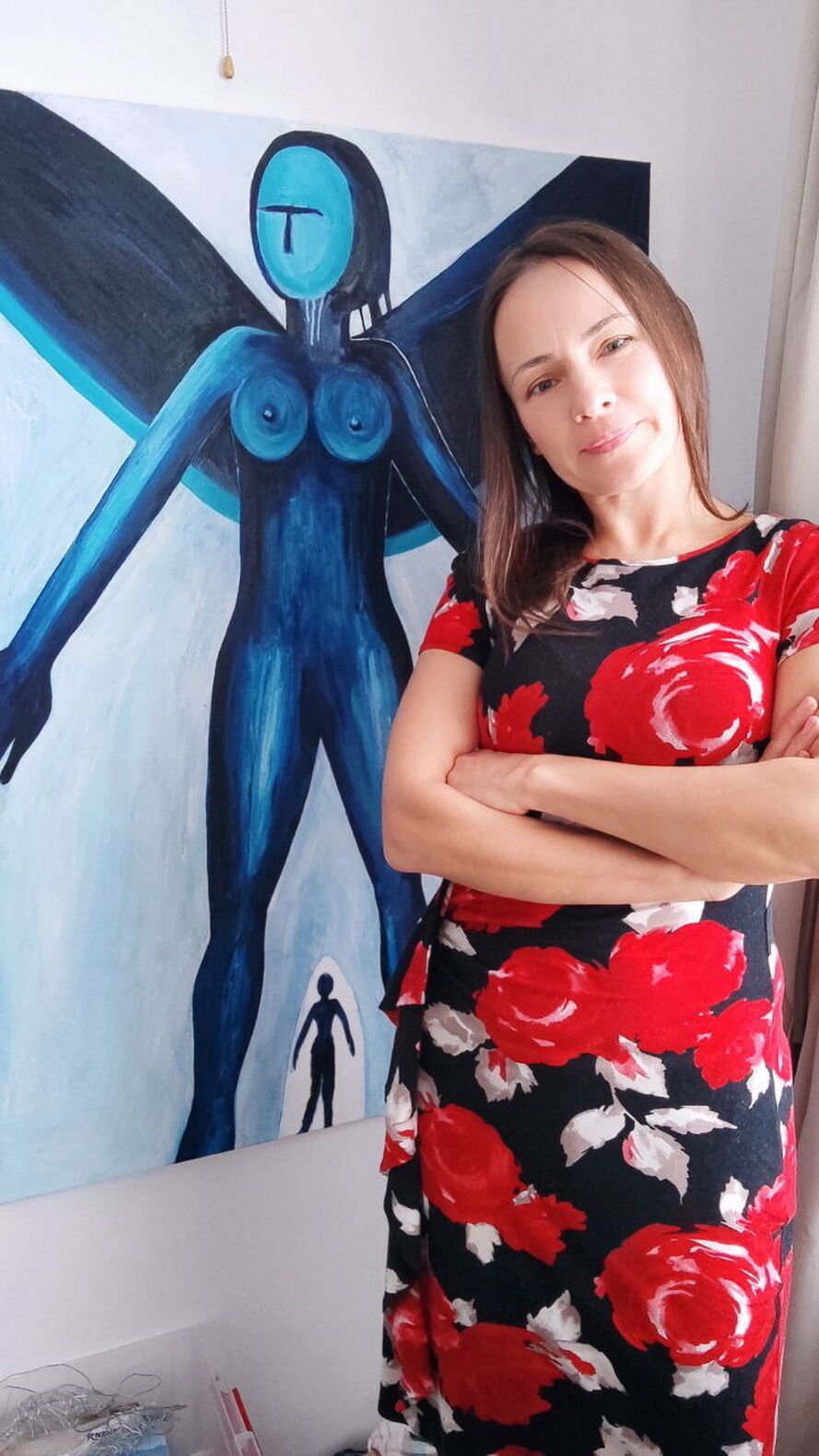Picture "I THOUGHT I WAS SMALL, BUT I AM ENORMOUS" (2023)

Picture "I THOUGHT I WAS SMALL, BUT I AM ENORMOUS" (2023)
Quick info
Oil | Canvas, stretched on stretcher frame | Format 120 x 90 cm (H/W) | picture hang up | signed certificate of authenticity
Detailed description
Picture "I THOUGHT I WAS SMALL, BUT I AM ENORMOUS" (2023)
This is a creation from the series TRUTH. My art is conceptual. Through my art I want to share knowledge about our Trueself and raise consciousness of the humans. TITLE: "I THOUGHT I WAS SMALL, BUT I AM ENORMOUS" Original oil painting on canvas, 90 x 120 cm. This artwork helps to realise that we are much bigger than we think once we start remembering who we truly are and manage to go out of the limits and fears our brain settles for us. We are One energy, Spirit and we are everywhere on Earth. When we see our life from this point, our fears go away, we start living from Love. Stop living the illusion of small and limited. You are enormous Spirit and you can create beauty in your material reality! Ready to hang. The borders are painted in white.














